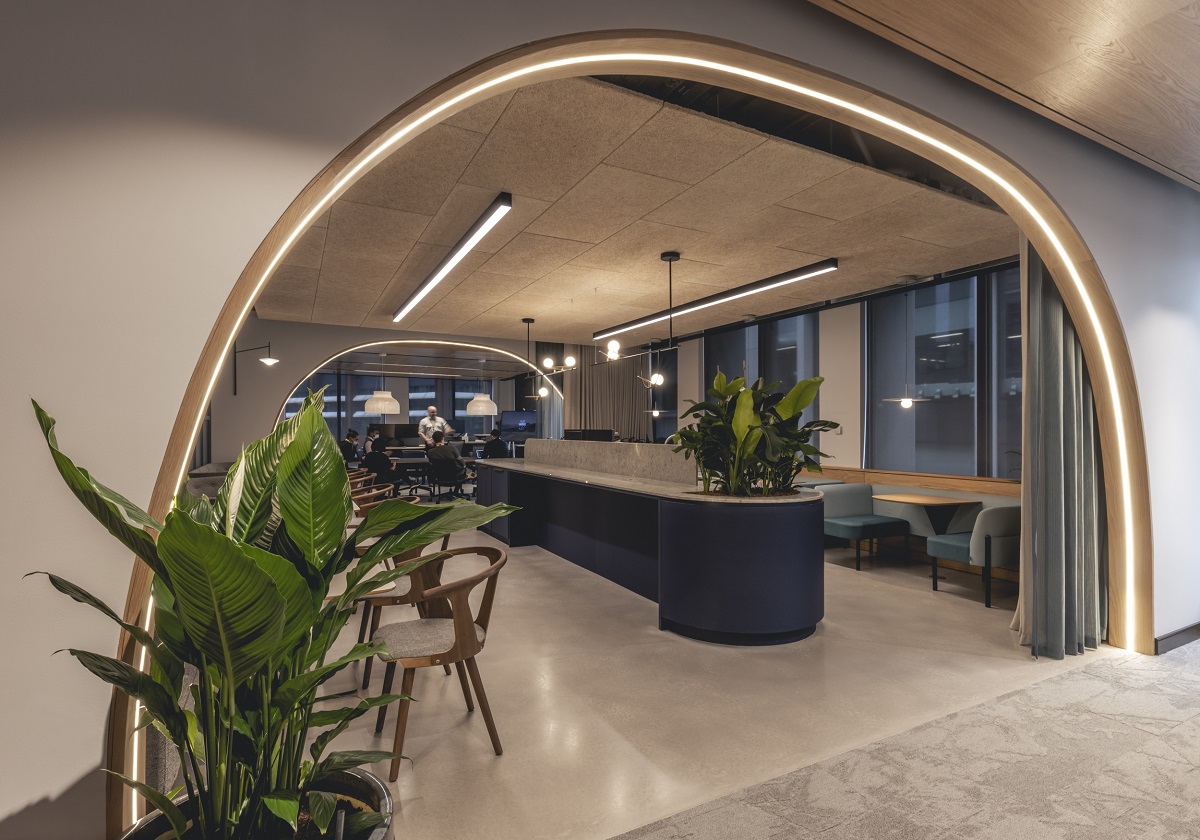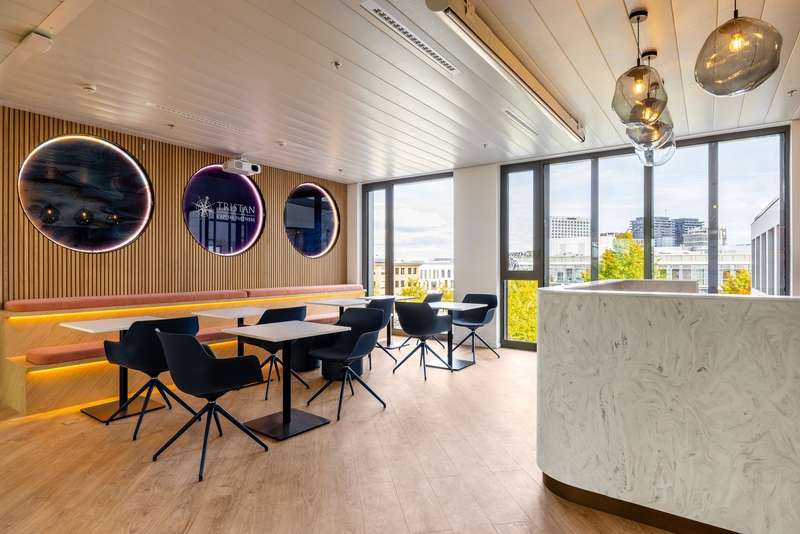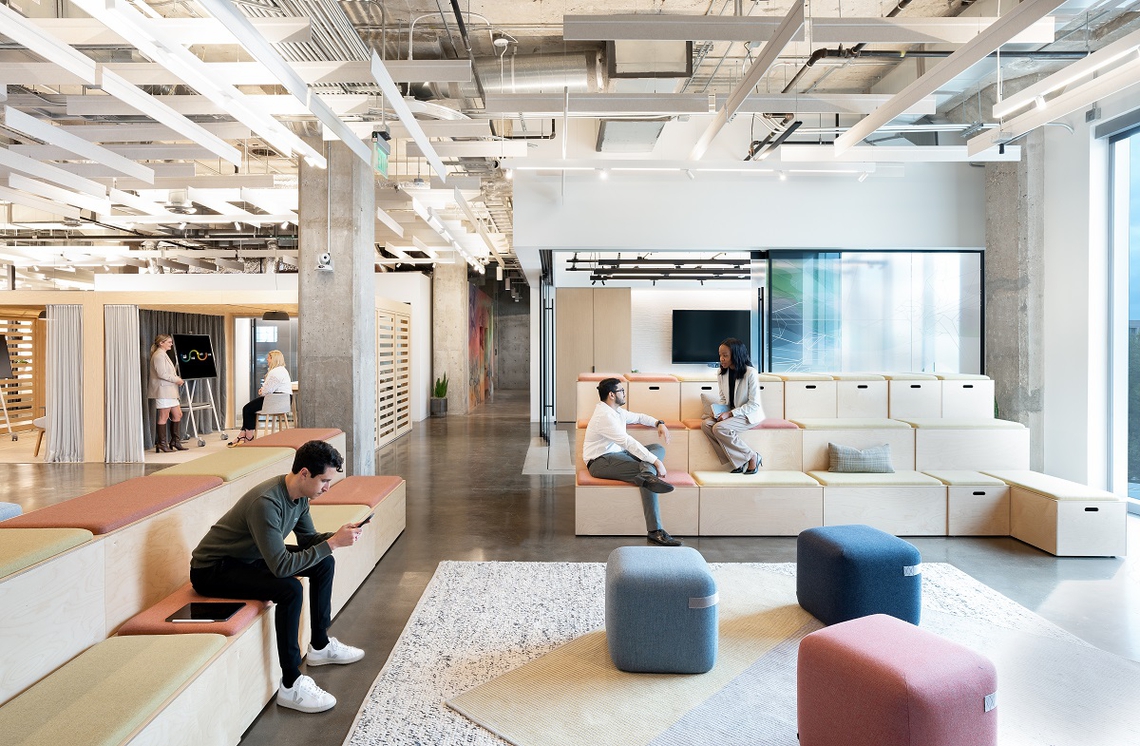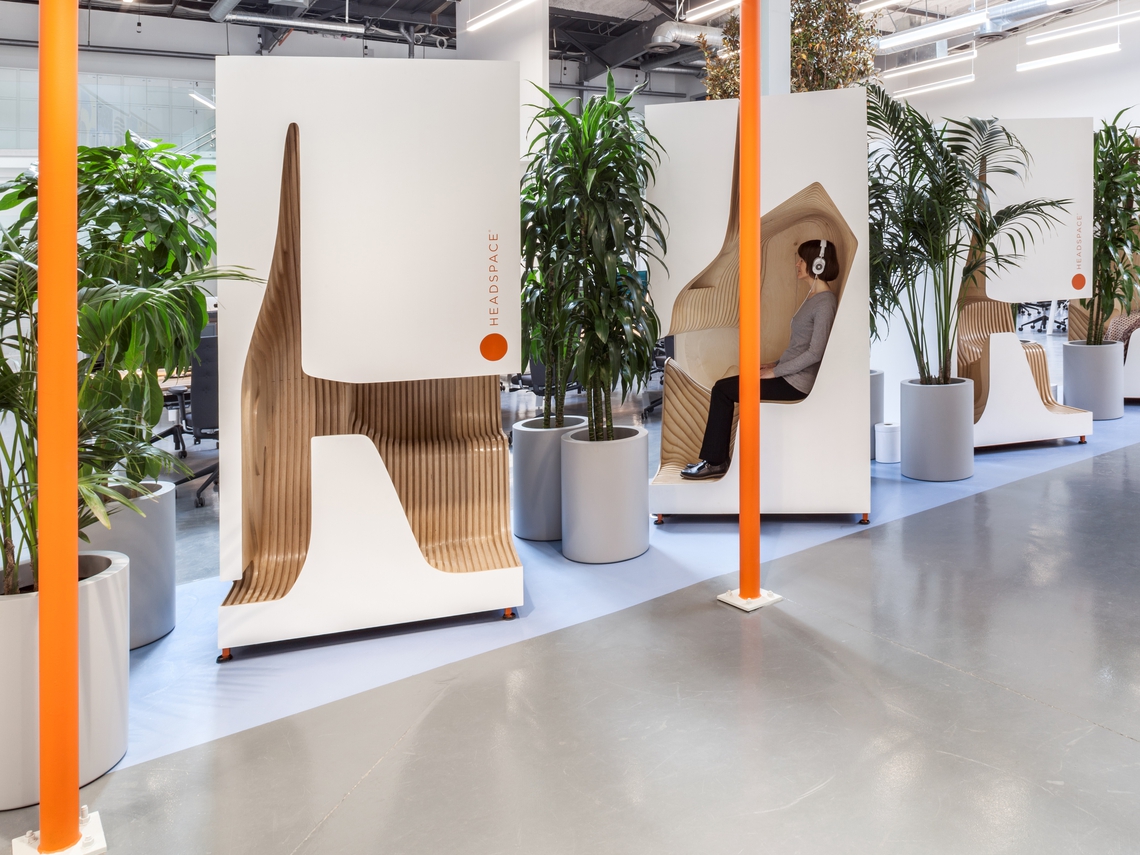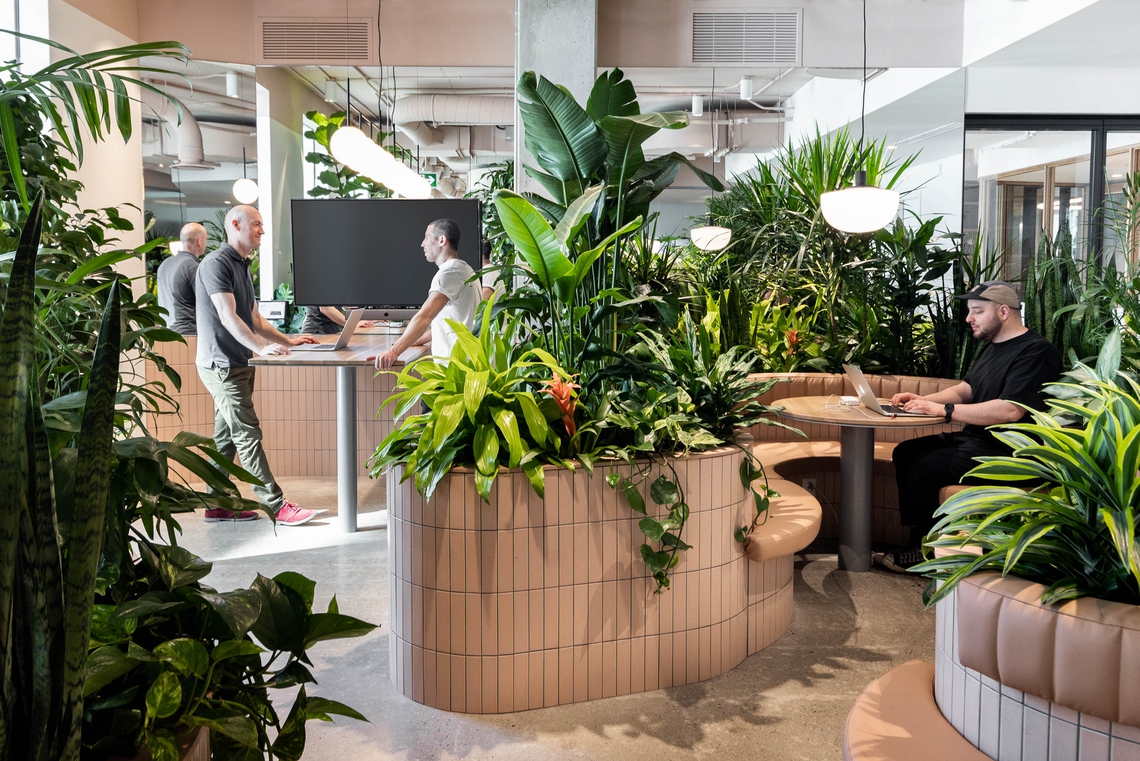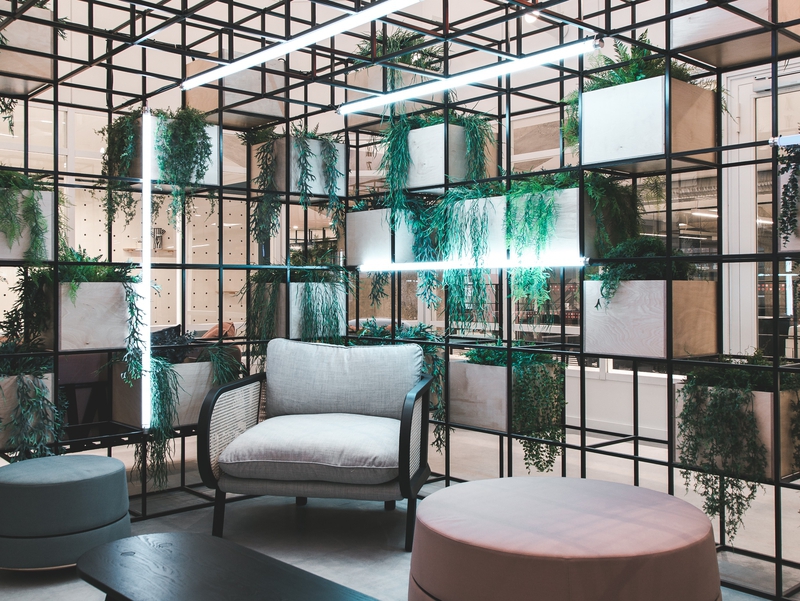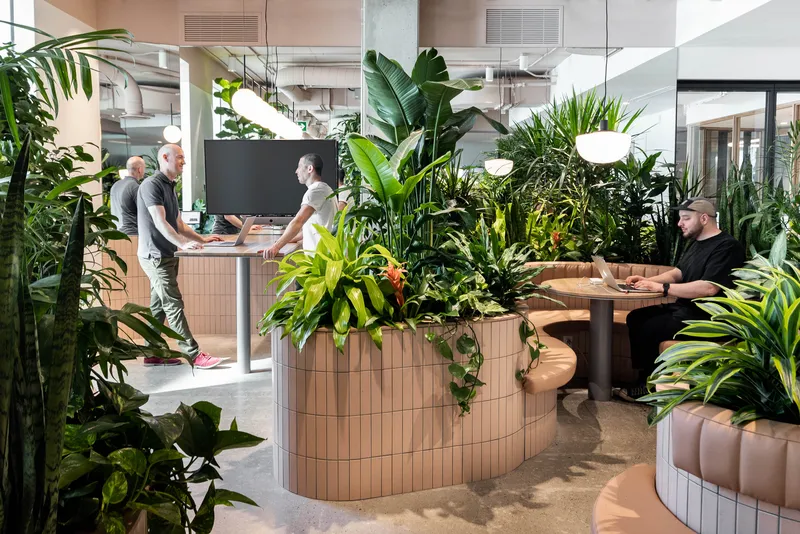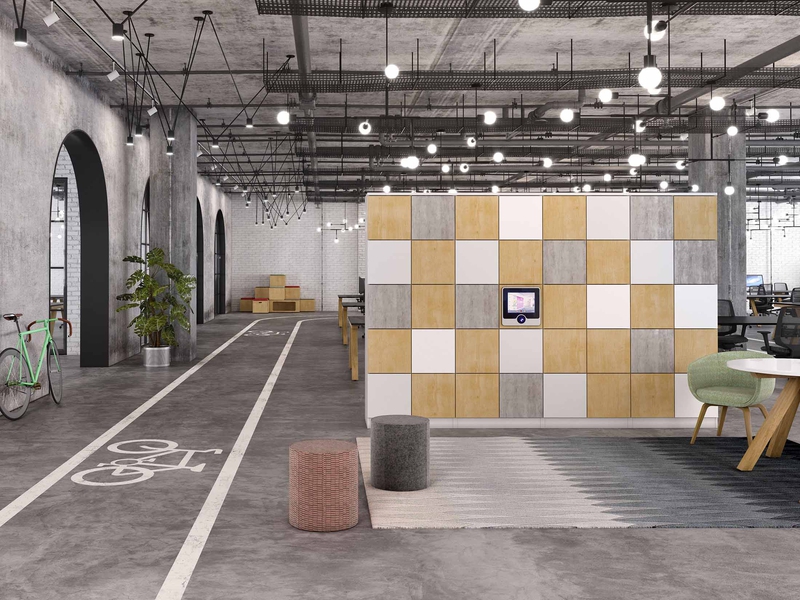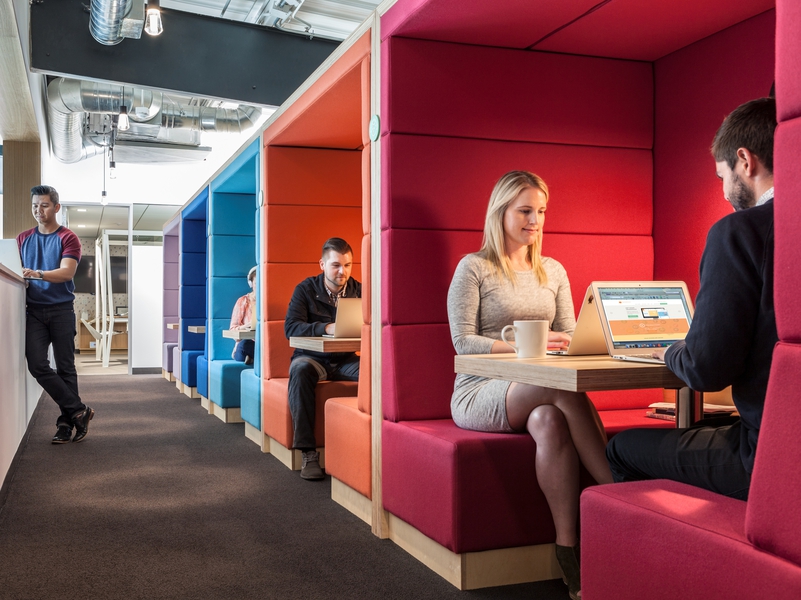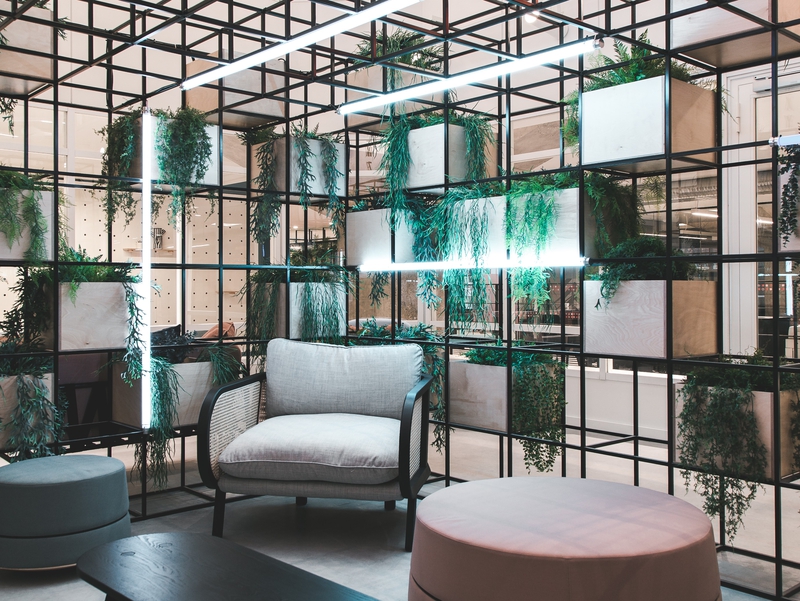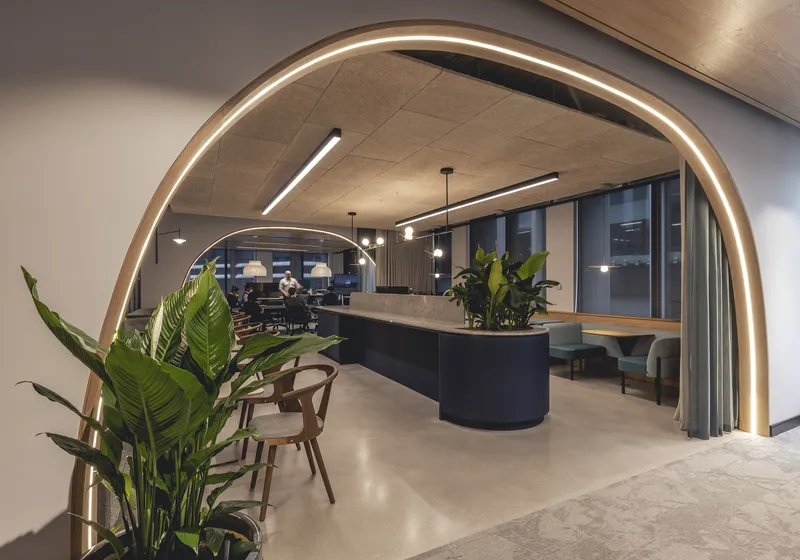5 Oct 2022
Industry Trends, Return to the Workspace Solutions
For years, the health and well-being of employees have shown an undeniable correlation with engagement and productivity, but in recent times, it has rocketed in importance to the very top of the executive agenda. According to Gallup’s 2022 State of the Global Workplace report, in 2021, workers were more stressed than ever before, contributing to the waves of resignations evident in ‘The Great Reshuffle’. Now, as the new generation of workers becomes increasingly health conscious, a company culture that prioritises employee health and wellbeing has the best chance of attracting and retaining top talent.
Towards the end of 2021 - in stark contrast to changing views during the pandemic - it was revealed that an overwhelming number of employees do want to return to the office, albeit for different reasons than before.

Previously, employees chose to stay remote for greater health, work/life balance and thus, well-being advantages. Now, employees are motivated to return to the office by their desire for authentic experiences rather than virtual exchanges. By combining and prioritising both of these motivations, the physical workspace becomes an experience multiplier, with the potential to be preferable to working remotely.
In this article, we’ll look at top tips for supporting employee health and well-being in the hybrid workplace.

Tackling Tech Fatigue
While technology is nothing new to the workplace, the pandemic saw the use of tech tools such as Slack, Microsoft Teams and Zoom increase tenfold, with more businesses searching for remote working solutions to ensure efficient communication. While these apps enable a number of useful workplace activities, they encourage dependency on technology and with a greater need to be contactable comes more screen-time than ever before; which comes with side effects.
From physical repercussions such as eye strain and headaches to poor mental health through task-switching and overstimulation, spending too much time on computers damages health and well-being in the workplace.
The severity of these symptoms can be reduced by implementing low-tech solutions, or by encouraging the use of collaboration zones or ‘scrum spaces’ as an alternative to video calls where possible. Encouraging employees to move often throughout the day is a great way of promoting healthy habits and providing relief from screens, our project with Headspace was designed with this specific outcome in mind.
For remote workers, providing relief from screens can be more challenging, but implementing regular screen breaks or identifying ‘video-call-free days’ allows employees a chance to rest their eyes as they need without risking their productivity.

Biophilia In the Workplace
Biophilic design replicates nature. Bringing the outdoors inside has been repeatedly proven to have mood-boosting benefits in the workplace. Natural light is consistently regarded as an important aspect of workplace design and studies have found that employees with plants around their offices experienced a 30-60% reduction in stress levels and negative feelings.
Creating green spaces, utilising patios or balconies, having large windows to allow in natural lighting and using earthy colour palettes are just some biophilic principles offices can apply to create a healthy space. These principles go beyond promoting well-being, impacting physical health too. Plants improve air quality and naturally ventilated spaces reduce the risk of drowsiness and headaches. Our project with Zendesk harnessed the power of greenery and organic materials to create a calming, creative space.

How Zoning and Quiet Spaces Support Wellbeing
A sense of belonging in the workplace and relationship building with co-workers goes a long way in contributing to employee wellbeing. According to Gallup, Americans report the highest levels of happiness when they spend six to seven hours per day socializing, so it is vital to create spaces where colleagues can not only collaborate, but socialise with others to create a culture of community and become an experience multiplier.
However, not every employee has the same socialization needs, so offering a universal design for all moods, personalities and purposes is key. Employees need choice and autonomy to thrive, meaning that quiet, focus spaces for independent work and low light zones are equally important to preserve the mental and physical health of employees. Designs with activity-based furniture, such as booths and Portals offer a space for concentration and solo-work, away from distraction.
Offering areas for quiet relaxation is a great way to support well-being. In our project with Huckletree, our Palisades II were used to create a meditation and wellness zone, facilitating creative thinking and relaxation. The added impact of biophilia and low lighting resulted in a space that truly prioritizes the employee experience.

Healthy Habits in the Office
Ergonomic furniture can encourage good posture, supporting the lower back and reducing the risk of ailments such as poor circulation, long-term back problems and neck strains.
Adjustable desks that rise or fall to the correct height are also key in reducing the chances of physical damage, a feature available in our Connect and Portal products.
Clear and tidy spaces are also intrinsically linked to wellbeing, meaning appropriate storage for personal possessions and office equipment is key. Our customizable HotLockers are attractive, tidy and support good hygiene by keeping personal items stored away securely. Hot desking also enforces a clear desk policy, leaving little room for clutter that may accumulate in assigned seating areas.
Implementing any or a number of the above strategies to improve health and wellbeing not only reflects a culture of care, but attracts more employees back to the office as an experience multiplier. Through providing an environment that prioritises workers’ happiness and offers choice on how and where to work, companies can provide much more than a place for business, but an environment where human beings thrive.
Share this article
